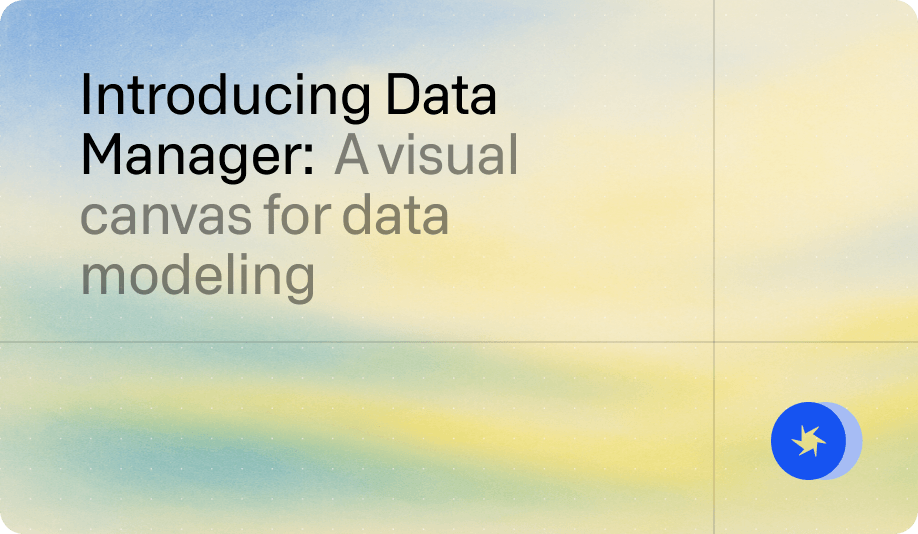Cons of CDPs
Despite the benefits, CDPs are not the future. They have plenty of limitations to consider before opting for this data management strategy.
The top cons of CDPs are:
Set Up and Integration
Getting your CDP up and running is not nearly as simple as it seems. Oftentimes, it takes organizations over 6 months to set up and integrate this customer data tool.
Why does it take so long?
Setting up the CDP requires your engineering team to integrate SDKs/JS snippets and create new releases of your products/services. Even for medium-sized organizations, this process can take several months.
Extensive Updates
Unfortunately, CDPs are rarely as automated as they can seem at first. Your organization must constantly monitor and update the code to make sure the data is accurate. This is a big headache for marketers and developers alike. Without monitoring, you can easily end up with hundreds of events and properties and wildly inaccurate data.
When searching for a data management solution, this situation is less than ideal. It’s time-consuming and interrupts marketing automation on several levels. The requirement to consistently update the CDP yourself is a major downfall to consider before adopting this strategy.
Standard Library Does Not Work for All Destinations
A big part of the draw of CDPs is that you can activate data to several destinations. This sounds great on the surface, but the truth is that not all destinations can read the standard library. This means that when you add new destinations, the developers often need to go back and adjust the code.
Once again, this consideration has a major impact on data management and marketing automation. It requires manual intervention that can really slow things down and pull resources from your team.
Limited Customer View
CDPs do unify data sources and help you create a single view of your customer. However, this view can be quite limited.
While the customer data platform collects data from multiple channels, it’s not able to collect all of the data about your customers. Overall, it’s far easier to integrate simple data into CDPs, not more complex data. Furthermore, each data source requires a separate integration to sync.
Less Powerful Segmentation
To best segment your customers, you need personally identifiable data. While CDPs provide access to a lot of anonymous user data, they don’t give as much access to personally identifiable information. While you can still use a CDP for personalization and segmentation, it’s not as powerful as it may initially seem.
Security Risks from Third-Party Providers
If you use a third-party CDP, you put your data at risk. You should always consider the risks associated with exposing your customer data to a third party. Doing so opens up the chances of a data breach or other ethical concerns.
It is possible to build and manage your own data pipelines. However, doing so requires significant resources from your team. Your IT team, developers, and data engineers are better off focusing on a data warehouse if they plan to craft a custom solution for your business.


